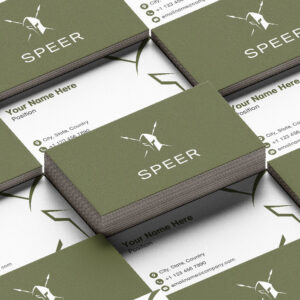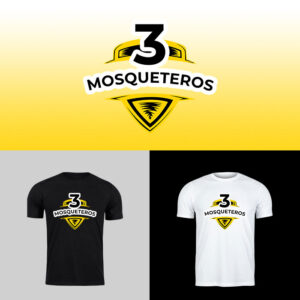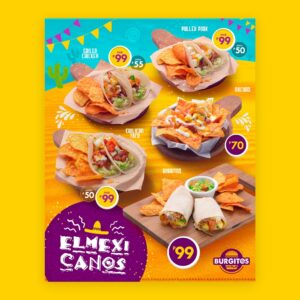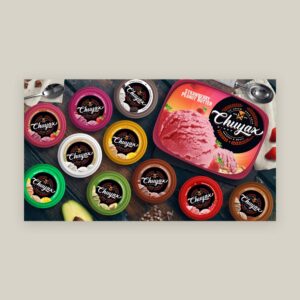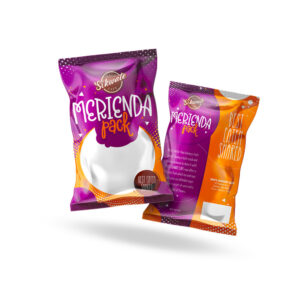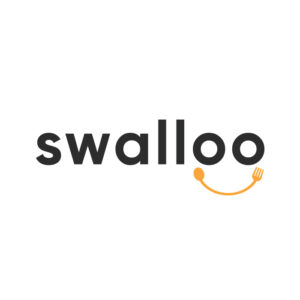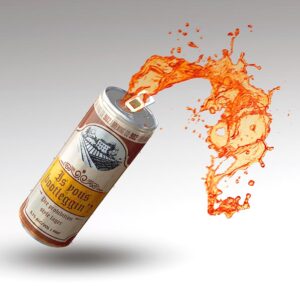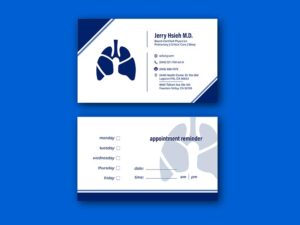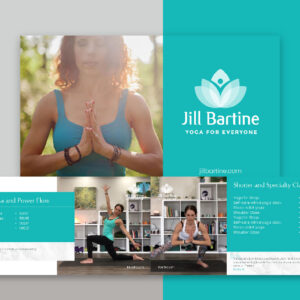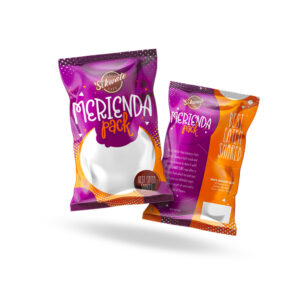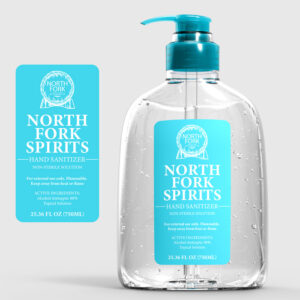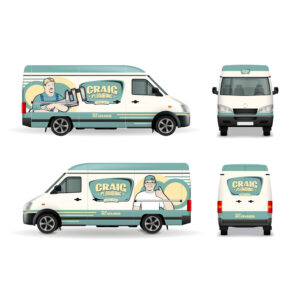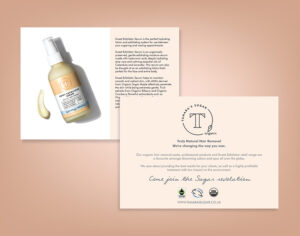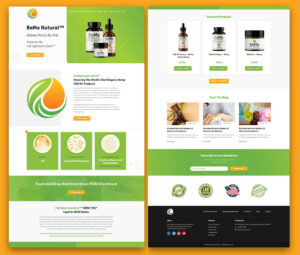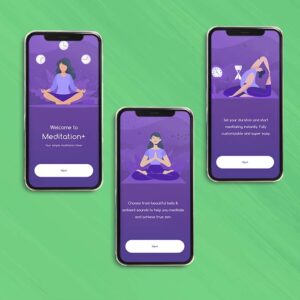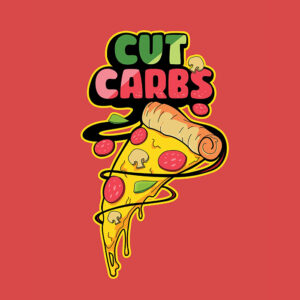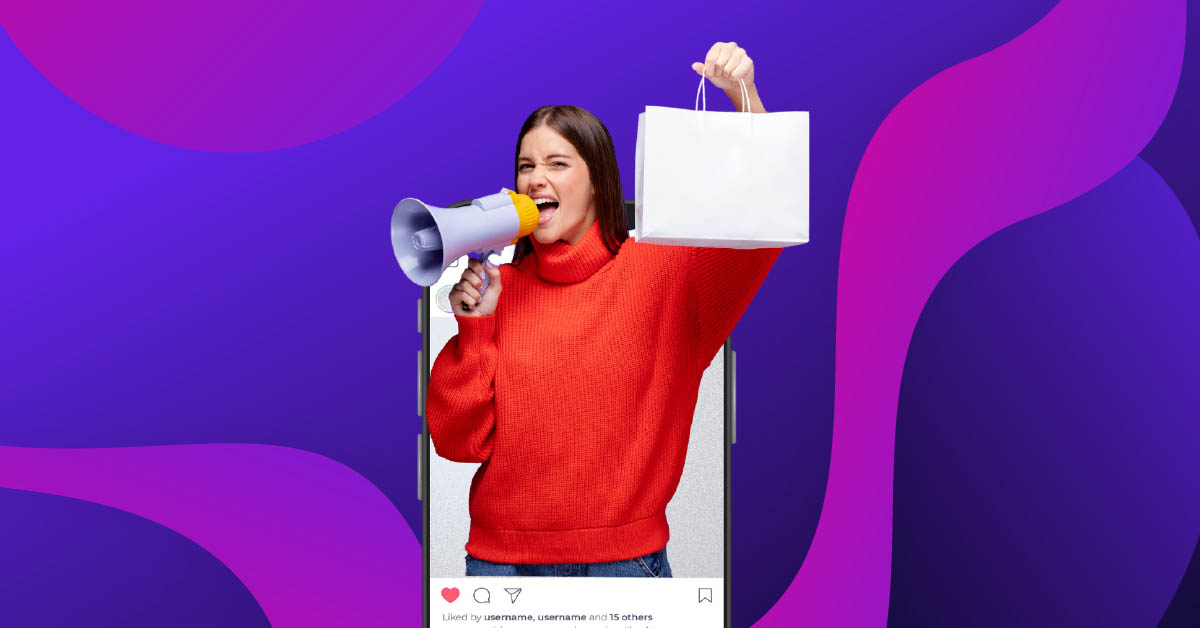
A good advertisement is effective and essential in promoting a product or service. We see ads daily in various mediums, whether from social media posts, giant billboards on the highway, or between breaks during your favorite television shows. The primary purpose of an ad is to reach a target audience with your service. It also encourages engagement and boosts sales. In short, ads are a core element of a solid marketing strategy. Learn how to create an ad design that catches your potential customer’s attention.
Table of Contents
- Why Is Good Ad Design Important?
- What are the Types of Ad Design?
- 7 Tips to Create Powerful Advertisements
- Getting Great Ad Designs from Penji
Why is Good Ad Design Important?
Investing in an advertising design is crucial whether you are a marketing expert, an advertising agency professional, or a business owner. That is why it is essential to understand how to design ads that convert and generate revenue.
So, why is good ad design so important?
First, your ad design helps you outshine your competitors. Robust design helps you consistently stand out to your audience, who will likely become your customers.
Also, organic reach is an ad’s best ally. When your audience shares your ads within their network, the possibility of your ad spending skyrockets.
Third, superior design enhances your brand. When you become deliberate about your appearance to your audience, you convey high-quality signals about your product and team.
What are the Types of Ad Design?
There are several different advertising designs, and marketers are getting more creative as the industry evolves. Let’s check out some of the standard ad designs.
1. Branding assets
Branding assets are your initial advertising collaterals, and these include the following:
- Logos
- Letterheads
- Stationeries
- Pitch decks
- Catalogs
- Brochures
- Business cards
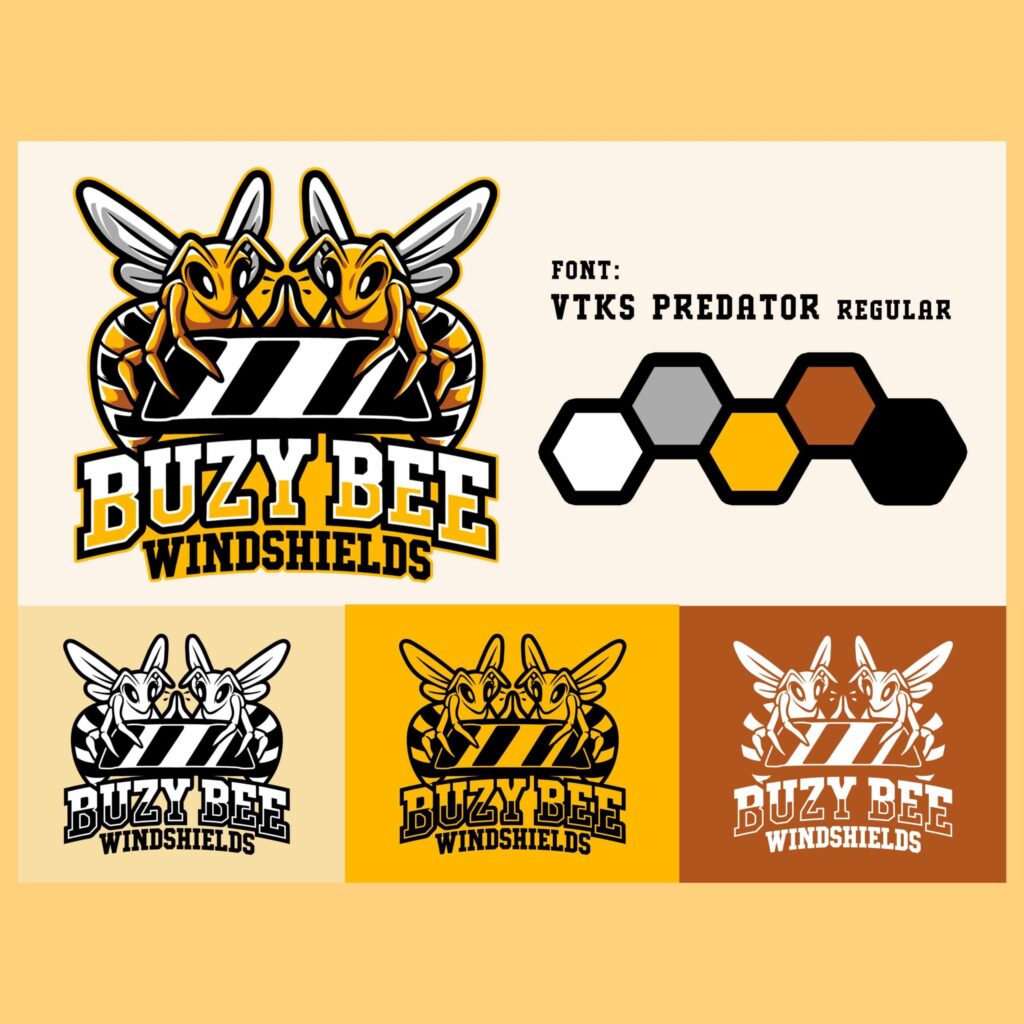
2. Display Ads
Any seasoned advertiser understands that Google Ads is the ultimate platform for display advertising. There are two methods to market within search results:
- Paid advertising wherein Marketers pay per click, per impressions, or conversions for every ad and
- Organic advertising wherein marketers optimize content for SEO to rank on search engines’ first pages
3. Social media ads
Almost half of the world’s current population are active social media users. Promoting your product or service on social media creates extensive opportunities for your company. In addition, advertisers can diversify their marketing campaigns because of varied ad formats and placements. This enables them to reach different groups of audiences who browse social media platforms today.
4. Video Ads
Video advertising entails crafting a brief and informative video promoting a product shown before, during, or after the main video content. It aids in storytelling, boosting sales, generating buzz, delivering information, and reaching a broader audience.
5. Outdoor Ads
Outdoor advertising, also referred to as out-of-home advertising, is a method of reaching consumers when they are outside their residences. According to the Outdoor Advertising Association of America, consumers spend 70 percent of their time in this area. Outdoor ads are grouped into three categories, these are:
- Billboard ads
- Street furniture ads
- Transit ads
6. Promotional Merch
Promotional items are cost-effective and valuable marketing materials that you can distribute during trade shows or launches. Choose a helpful item and prominently display your brand’s logo. Some examples of promotional items are t-shirts, caps, mugs, tote bags, ball pens, stickers, etc.
7 Tips to Create Powerful Advertisements
Working with a reliable design agency is a wise option when bringing great design to life within your ads. Sign up for Penji to begin your compelling ad design journey. But before you do that, explore these seven tips on creating a powerful ad design.
Tip #1: Convey a Clear Message
Highlight your brand’s key message clearly and concisely in your ads to ensure your audience understands what you’re offering. This involves knowing your unique selling proposition (USP) and using visual elements and themes to amplify it. Make sure your ad conveys your message at first glance.
Tip #2: Experiment with Color Palettes
Play with variations of your brand’s color palette to maintain consistency while adding visual interest to your ads. Consider how different colors evoke emotions and use them strategically to enhance your message.
Tip #3: Add a Border to Your CTA
Utilize borders around your primary call-to-action (CTA) to draw attention and create a sense of importance. This framing effect helps your CTA stand out and directs the viewer’s focus to the most crucial part of your ad. Experiment with different border styles to see what works best for your brand.
Tip #4: Make Your Ad Harmonious
Ensure all elements in your ad blend cohesively to create a visually pleasing and unified design. Choose visual elements that complement each other and avoid cluttering your ad with unnecessary elements. Starting with a template can guide your design process and ensure harmony.
Tip #5: Embrace Naming Conventions
Stay organized and streamline your workflow by adopting a consistent project naming convention. This helps you quickly find and manage your projects, especially when working on multiple campaigns or with different clients.
Tip #6: Embrace an Experimental Mindset
Optimize your ad designs by testing different elements and variations to see what resonates best with your audience. Conduct A/B split tests to compare different designs and measure their effectiveness.
Tip #7: Consider your Emotions
Incorporate emotional elements into your ads to make them more memorable and engaging for your audience. Use imagery, copy, and color to evoke emotions that resonate with your target audience. Make sure these emotional elements align with your brand’s message and identity.
Getting Great Ad Designs from Penji
Don’t worry about the expensive and confusing process of finding the perfect designer for your advertising and branding needs.
With Penji, keeping projects on time and on brand is as simple as 1-2-3. Here’s how!
1. Meet your dedicated team
Schedule a demo or sign up for one of our three simple subscription plans in 5 minutes.
2. Collaborate and plan unlimited projects
Access unlimited graphic designs in over 120 categories and kickstart your first project instantly.
3. Delivered on time and on brand
Receive consistent-quality creatives delivered on time every time, ensuring you’ll never miss another deadline.
About the author

Rowena Zaballa
With a background as a former government employee specializing in urban planning, Rowena transitioned into the world of blogging and SEO content writing. As a passionate storyteller, she uses her expertise to craft engaging and informative content for various audiences.

